A guide to concrete architecture
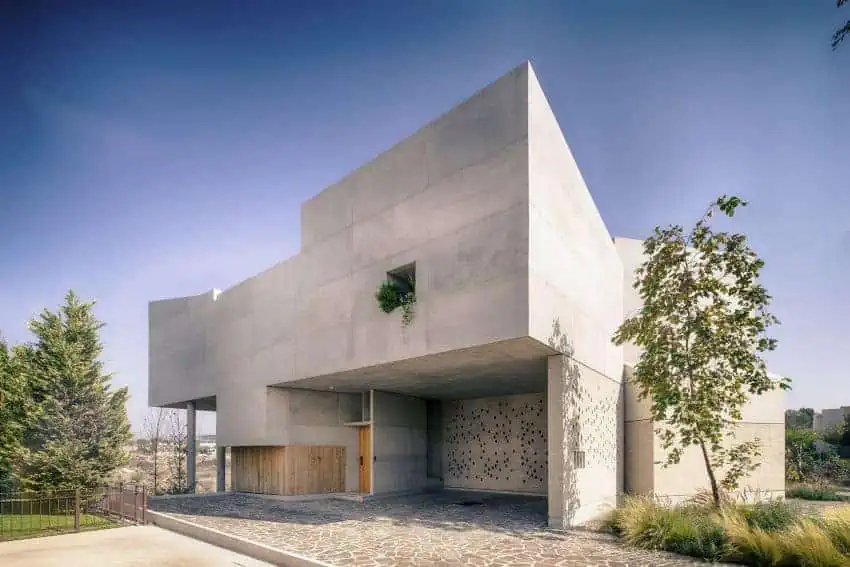
Love it or hate it, no architecture provokes a response like brutalism. Once considered the future, the bare-bones concrete style has fallen out of favor with the modern world of design. Despite this fall from grace, there is something about an unpainted concrete arch, or a sharp, neat concrete right angle that gets the pulse going (guess how I feel about it).
The name is derived from the French term for “raw concrete,” which sure enough explains the defining characteristics of the style. Originating in the devastation of post-war France and the U.K. in the 1950s, and taking the world of architecture by storm in the 1960s, the style led to some of the most legendary (and divisive) pieces of architecture in the 20th century. London’s Barbican, Marseille’s Unite d’ Habitacion and Montreal’s Habitat 67.
In Mexico, brutalism came to the fore in the 1960s and 1970s, as the availability of concrete — seen as a futuristic building material at the time — revolutionized building techniques and was adopted by high-concept designers and discount construction firms alike. Absolute icons of Mexican brutalism include the Azteca Stadium (don’t mention the Hand of God) and the Casa en el Aire.
Just because Brutalism is seen as the epitome of mid-20th century design doesn’t mean it’s not overdue a comeback though – and come back it certainly has. If you’re looking for inspiration to become the next Le Corbusier or Ernö Goldfinger, why not check out some of Mexico’s best modern (and not so modern) brutalist offerings.
Casa TO, Puerto Escondido, Oaxaca
Puerto Escondido is the new Tulum – and along with the rise in status, some genuine architectural gems are starting to spring up, including this pool (pun intended) on the Oaxaca coast.
Casa TO is situated in the trendy Zicatela area of the town, and is styled after the caravansarays of Istanbul. With all the glamor of a boutique hotel in Mexico’s coolest little surf town, the standout feature is undoubtedly the brutalist pool, which no doubt adorns the Instagrams of every visitor who has been lucky enough to swim in it.
Casa Oyamel, Xalapa, Veracruz
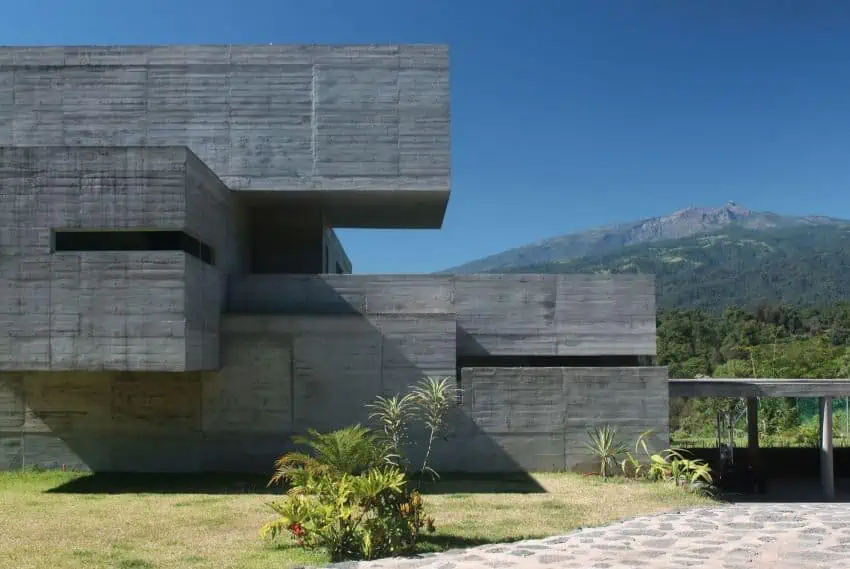
The stark concrete of brutalism is often most associated with the sort of urban decay that led to Stanley Kubrick’s visually delicious adaptation of A Clockwork Orange or the towering, unfinished parking lot that dominates Michael Caine’s Get Carter. I’ve always been of the opinion, however, that the medium really shines when it’s in nature.
Casa Oyamel is definitely that. Set admit possibly the most stunning backdrop I’ve ever seen, the house stands out like rock against the mountains and forests of Xalapa. Boasting three bedrooms, a large garage and a 95% bare concrete finish, designer Rafael Pardo Ramos has created a blend of 1960’s style and 2020’s comfort amid the beauty of Mexican nature.
Lookout, Las Cruces, Jalisco
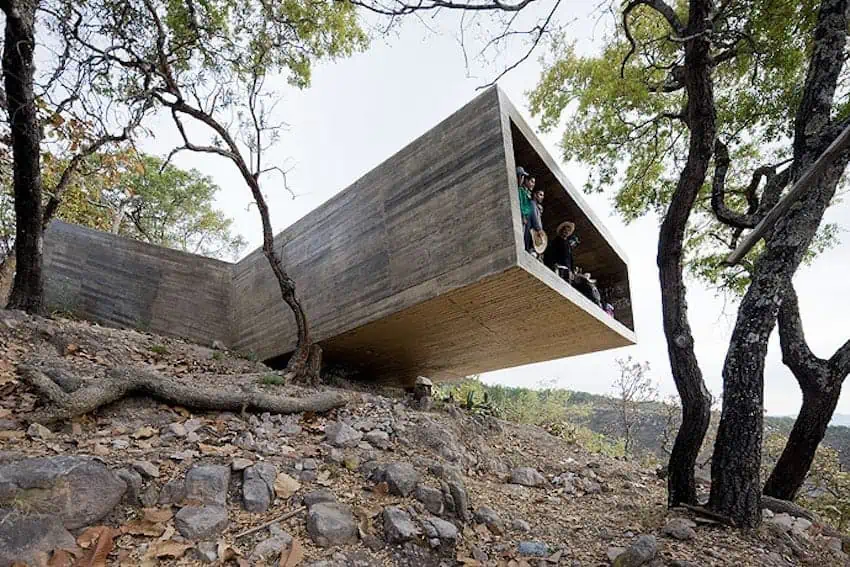
Much like Casa Oyamel, the juxtaposition of bare concrete and nature once again delivers — except this time the view is from a mountaintop and needs to be seen to be believed.
Part of the Pilgrim’s Route, a 117 kilometer walk traversing the mountains of Jalisco, the Lookout provides a place for hikers to stop and appreciate the stunning natural beauty of one of Mexico’s most impressive states. The shelter is open in two directions, allowing travelers to make the most of the mountaintop vista.
Chuumuk Housing Complex, Tulum, Quintana Roo
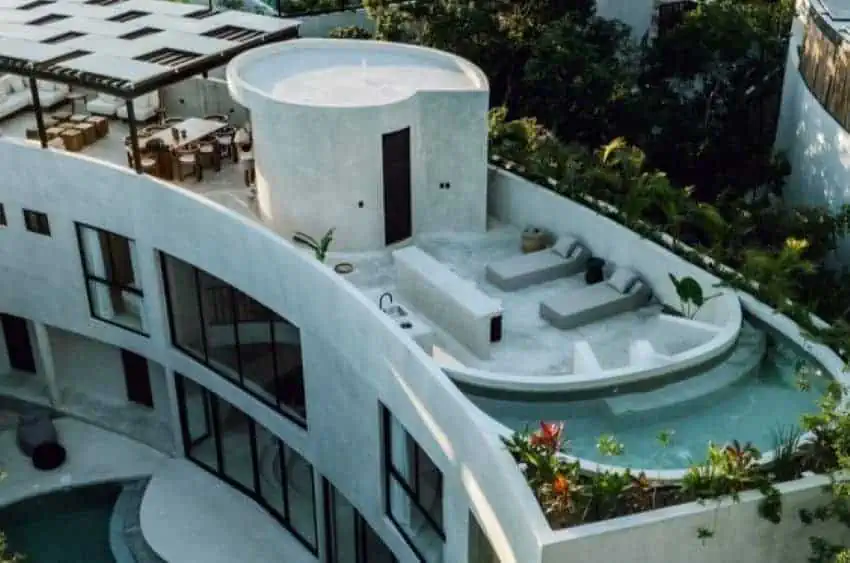
Tulum has been leading the beachside fashion crew for some time now, so it’s only natural that it would find a spot on this list. Freshly poured for 2024, Chuumuk is a small, deeply stylish cluster of brutalist homes tucked away on the Caribbean coast.
At this point, I think we’ve all agreed on the beauty of concrete, so it’s not necessary to harp on at any more length about the bare, sleekly brushed walls, the concrete pools, stairways, floors and even ornaments — but that won’t stop me. The house looks like every wannabe-Owen Luder’s dream.
Estadio Azteca, Coyoacán, Mexico City
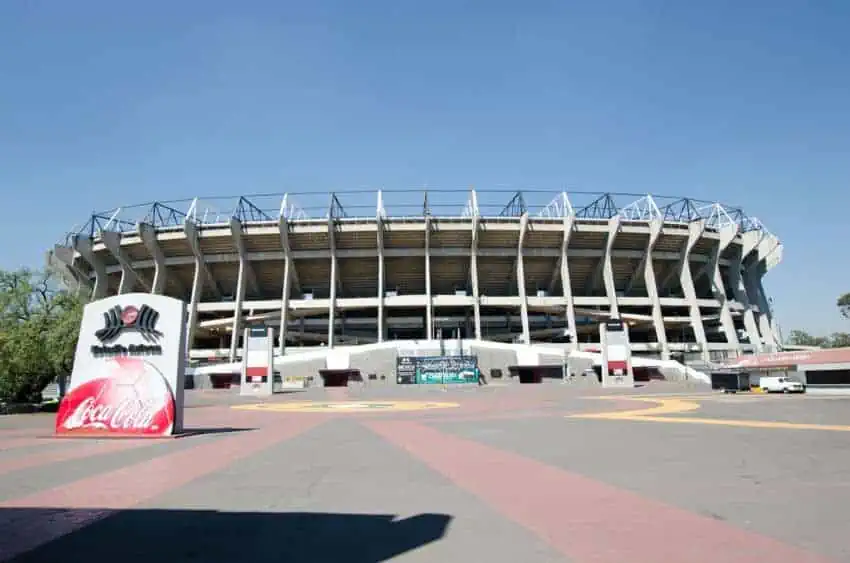
Ok, it feels like cheating to put this on the list. It is arguably the most recognizable stadium in the world, behind London’s Wembley Stadium, and it is home to some of football’s most defining moments. It has held two World Cup finals (one of only two stadia ever to do so) and will see its third World Cup in 2026.
It’s making the cut here though, because this is your last chance to go and see it in its original, 1966-edition glory. The stadium (and surrounding area) is due to receive a massive refurbishment for the 2026 World Cup, and while it will be upgraded to modern standards, the concrete behemoth that has seen both Pele and Maradona lift the World Cup trophy will sadly be no more.
Make the pilgrimage to a temple of football — and remember, that handball was an absolute travesty.
By Mexico News Daily writer Chris Havler-Barrett
Source: Mexico News Daily

